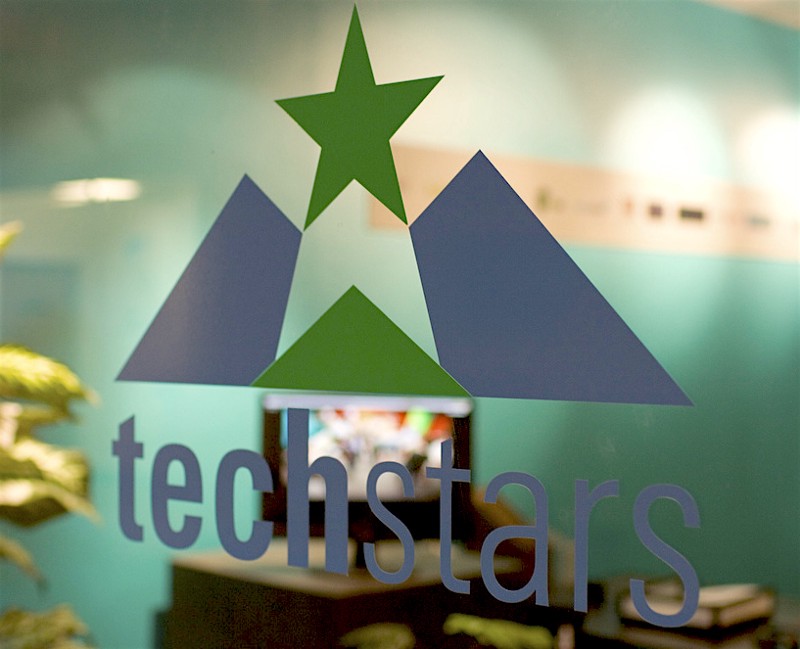
In this post, I’ll show you EXACTLY how to run Telegram ads in 2025.
In fact, this is the exact process I use to grow my Telegram channels and get quality subscribers for just 0.01 TON ($0.03 as of May 15, 2025).

Getting new users with content

In this post, I’ll show you EXACTLY how to run Telegram ads in 2025.
In fact, this is the exact process I use to grow my Telegram channels and get quality subscribers for just 0.01 TON ($0.03 as of May 15, 2025).

Lately, tons of new Telegram channels, bots, and mini-apps in English have been popping up. Just a year ago, this trend was barely starting — most English-speaking users couldn’t even tell the difference between a Telegram channel and a group.
And now? They’re all in, growing their channels, bots, and mini-apps like crazy. Telegram is turning into a massive platform.

Have you ever struggled to turn business ideas into a product? Or tried to understand the way another team works?
If you have, you know how exhausting it can be. Different ways of thinking –business, analysis, and engineering – don’t always fit together easily.
This article blends a simple story with engineering tools to show how creativity and structure can work together. Using characters like The King, The Troll, and The Prince, it explores how storytelling can help solve tough problems and make complex ideas clearer.
If you’ve ever faced a "troll" at work, this story might help you see things differently – and maybe even make the process a bit more fun.

Content marketing is an endless endurance race. You can’t put a cap on business growth, even if you’re a tech industry giant. A single success is not enough — every time you reach the finish line, it moves further away. Retaining your existing customers is no walk in the park either. When you go silent, you are actively ignoring your audience. There’s no way around it — you need to pump out content.
However, doing that day in and day out requires a lot of stamina. So let’s look at why we get tired in the first place, and figure out how to avoid it. [Previous article: The true cost of free labour].

Starting a startup can be tricky. To make money, you need clients. To attract clients, you need a portfolio. To have an attractive portfolio, you need to… Well, you see where I’m going with this. A lot of founders offer their services for free to escape this cycle. However, there are plenty of issues with this approach. It’s certainly not the silver bullet it might seem. Here we are discussing this topic in detail.

Techstars Startup Digest was designed as a discovery tool for entrepreneurs looking for tech events in their area. It was founded in 2009 by Chris McCann who just moved to the Valley. He created an old-school newsletter, featuring promising events in the Bay Area. There was no website, all the events were hand-picked by Chris himself, and the newsletter had 22 subscribers. People liked the idea and that number quickly grew. In 2012 it was acquired by Startup Weekend. Three years later, Startup Weekend’s parent company UP Global was acquired by Techstars — and that’s how the project got its name.
Startup Digest can be a useful tool for startups and event coordinators. If you can successfully leverage it, your event, blog post and/or tech product can reach thousands of people at no cost.

Entrepreneurs make for easy targets. Whatever your business is doing, it’s guaranteed to ruffle some feathers. But don’t be quick to blame the public. Most times, being sceptical of change is only logical.
Even those who buy into your product will probably expect it to fail. 20% of businesses shut their doors during their first year, and less then half survive for more than five. We may not know these numbers, but we know it from experience — most of them overpromise, underdeliver and ultimately disappoint.
As such, it’s no surprise that the internet is full of passive-aggressive tech coverage. No matter what you do, your business is going to be attacked and demeaned. No one is immune.
Look no further than the original iPhone’s early reviews. It generated a lot of negative coverage for the sake of negative coverage. CNET’s main complaints revolved over a lack of physical buttons, completely missing the entire point of having a touchscreen. A Techcrunch columnist went even further and outright damned it to failure. Sounds funny now, but 14 years ago these people were dead serious.
Of course, these days everyone is an expert and the comment sections matter more than the articles they follow. Unlike traditionally restrained media professionals, the overconfident amateurs on popular UGC platforms openly take pleasure in attacking whatever they come across. It might be their way of letting off steam from being bullied at work or having financial difficulties, but no matter the reason, you still have to deal with a bunch of people trying to paint you in a negative light. And that’s not easy.

AngelList is a social network designed to connect startups with investors and vice versa. The founders of it were dissatisfied with how opaque the VC world was, and found a way to increase the amount of available data. The project began in partnership with just 50 volunteer investors wishing to allocate $80 million in capital, and has grown to be the leading website of its kind. Over the past three years more than 75% of startups that received seed funding from American investors used AngelList to make it happen.

Product Hunt is a Y-combinator backed discovery platform, founded by Ryan Hoover in 2013. Conceived as an email list, it has gone on to become one of the most popular directories, raised $7.5 million in backing and was acquired by AngelList — a social network for entrepreneurs — in December 2016.
Exposure on the platform contributed to viral successes of Yo and Ship Your Enemies Glitter, and brought multi-million dollar companies, like Robinhood and Gimlet Media, to the public eye.





Setting up the content localization and, thus, configuring the interface language of the product in such a way that the right language is rendered to the right user is extremely important for each digital platform. That’s why we have decided to translate and share with you this expert article by Nicolai Goshin from Hellicht Medien.
And we strongly hope that some strategic points would be valuable for your localization projects!
Digital projects targeting audiences in different countries or different language areas are doomed to take advantage of localization strategies. So we must answer the following question: which users should be given which content in which languages? The question at the first sight seems simple. But later in this article we will point out why this topic is, in fact, complex. And, of course, we will also address how to deal with this complexity.
Let's assume a scenario in which content (for example, an online magazine) is available in three languages: German, English, and Arabic. The goal is ideally to provide content to each user in their native language. If this is not possible, the content should be provided to the user in the language that they best understand apart from their mother tongue.




